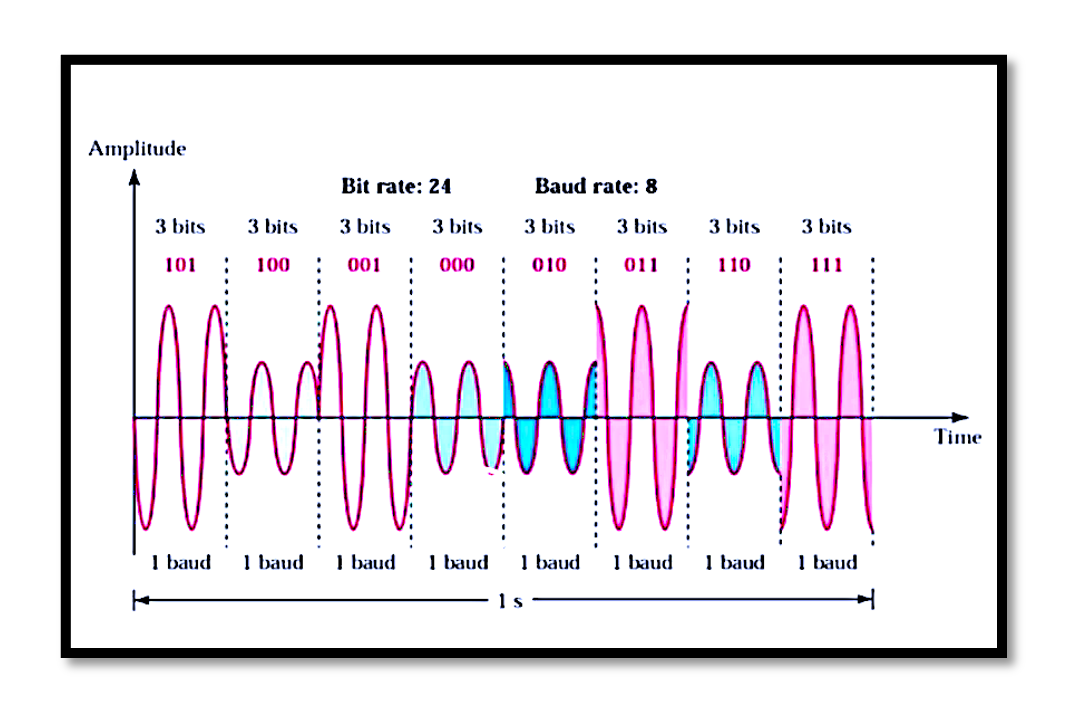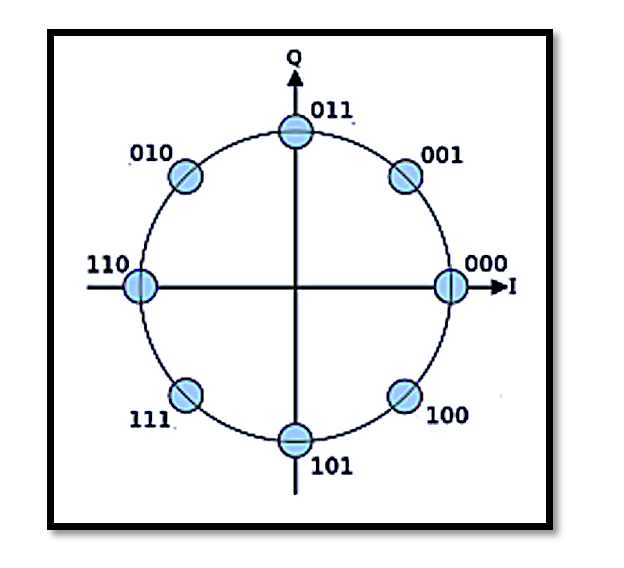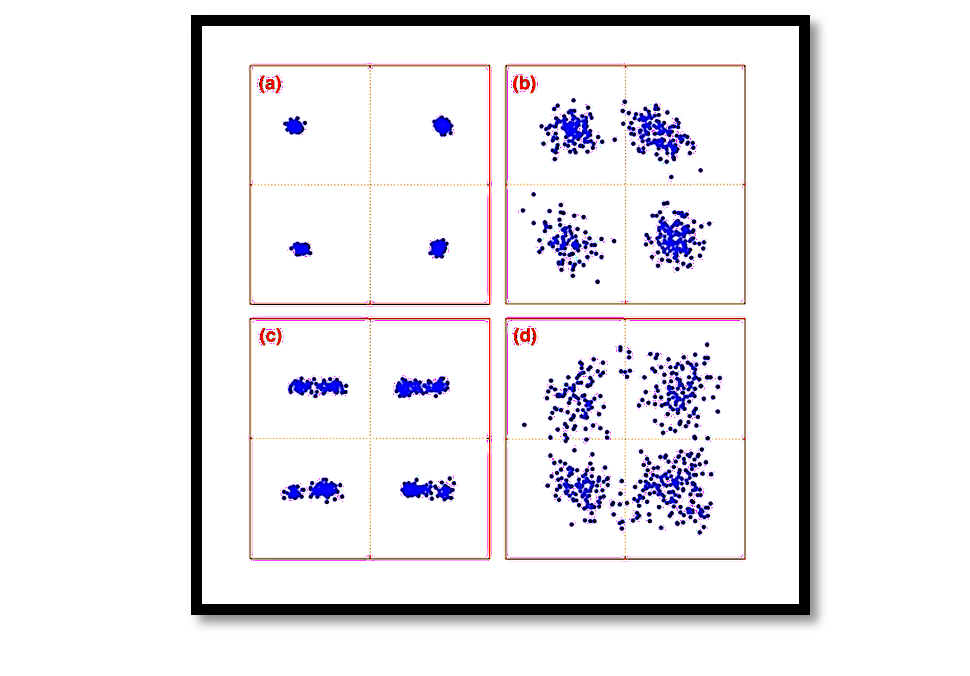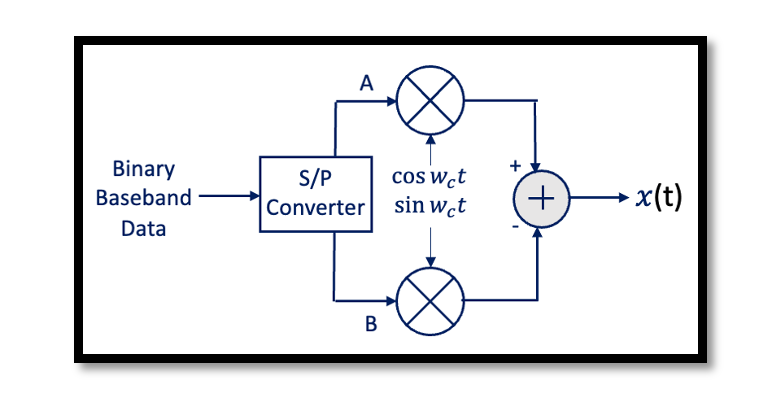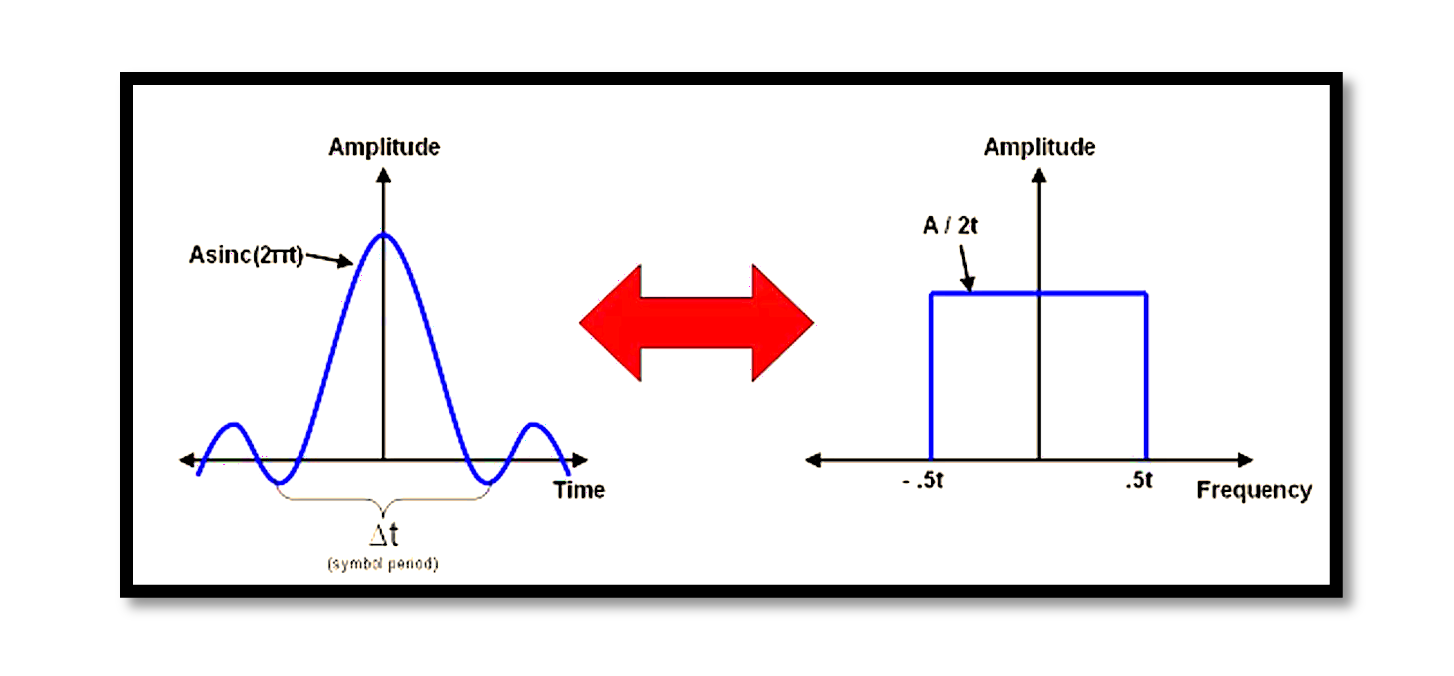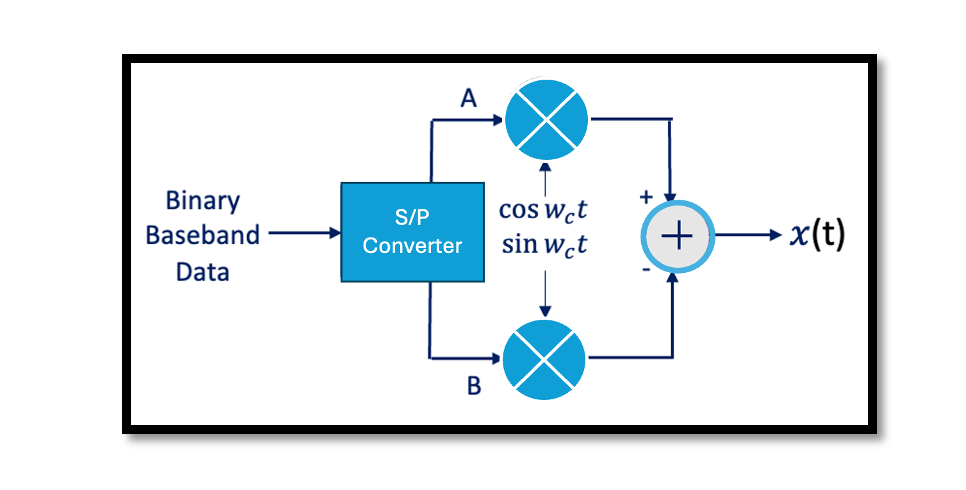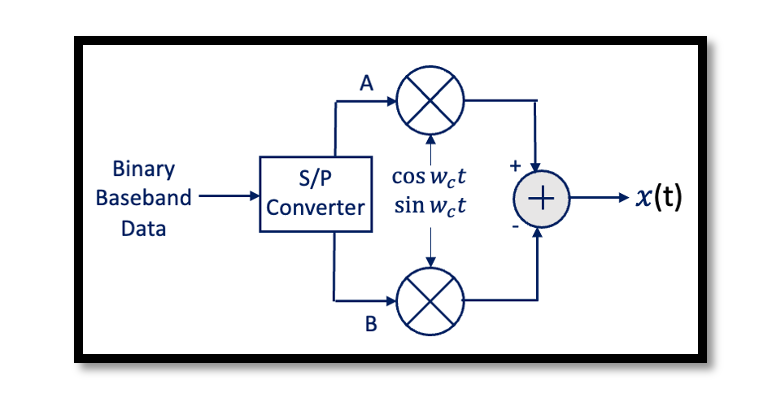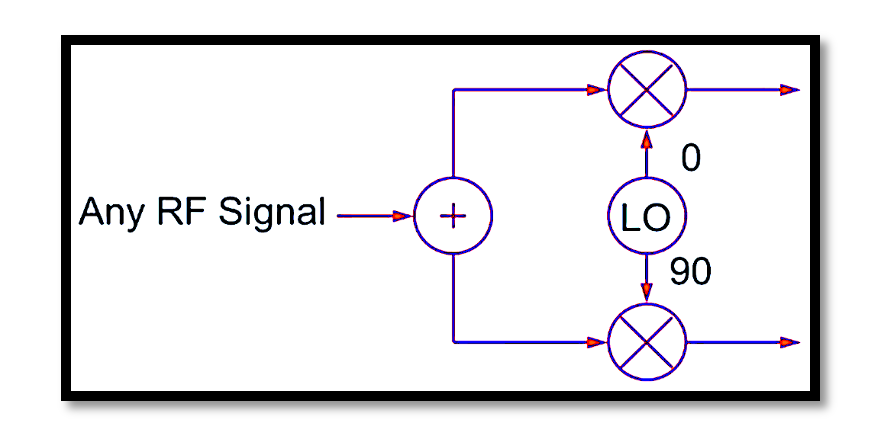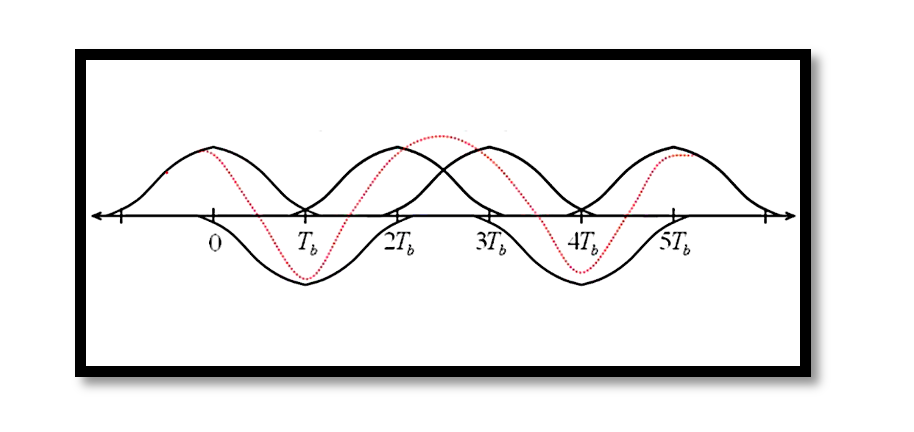Quadrature Amplitude Modulation (QAM) is a widely used digital modulation scheme in modern telecommunications. It efficiently transmits data by combining both amplitude and phase variations of a carrier signal. QAM plays a crucial role in various communication systems, including wireless …
Phase Shift Keying (PSK) is a widely used digital modulation technique in which the phase of a carrier signal is varied to represent digital data. 8-PSK (8-Phase Shift Keying) is an advanced form of PSK that increases spectral efficiency by …
In modern communication systems, Quadrature Amplitude Modulation (QAM) and Quadrature Phase Shift Keying (QPSK) are extensively used for high-speed data transmission. These schemes rely on accurate in-phase (I) and quadrature (Q) signal components to encode information. However, real-world imperfections often …
Introduction Quadrature Phase Shift Keying (QPSK) is one of the most commonly used digital modulation schemes due to its efficiency in bandwidth utilization and robustness against noise. It encodes two bits per symbol by shifting the phase of the carrier …
Inter-symbol interference (ISI) is a critical challenge in digital communication systems, arising when overlapping symbols cause signal distortion, ultimately degrading system performance. This blog explores how ISI can be mitigated, focusing on methods illustrated in the provided slides: bandwidth-efficient pulse …
Introduction In digital communication and signal processing systems, the efficient handling of data transmission and processing is crucial for optimizing performance. One of the fundamental components that facilitate this efficiency is the Serial-to-Parallel (S/P) Converter. This device or algorithm is …
Introduction to Quadrature Modulation Quadrature Phase Shift Keying (QPSK), also known as 4-PSK, is a widely used digital modulation technique that enhances bandwidth efficiency by encoding data into phase variations of a carrier wave. Quadrature modulation reduces the required bandwidth …
Introduction In this blog, we are going to discuss quadrature modulation and introduce quadrature signals. We will explore the fundamental meaning of quadrature signals and their use in modulation schemes. Before diving into quadrature modulation, it is essential to understand …
Introduction In modern digital communication systems, the signal constellation diagram is an essential tool used to visualize and analyze modulation schemes. These diagrams provide a clear representation of how symbols are modulated, transmitted, and received. By examining a signal constellation, …
In digital communication systems, the accurate transmission of data from sender to receiver is critical. However, the signal often undergoes distortion as it propagates through the channel. This blog explores the mechanisms of signal distortion, focusing on the challenges of …

